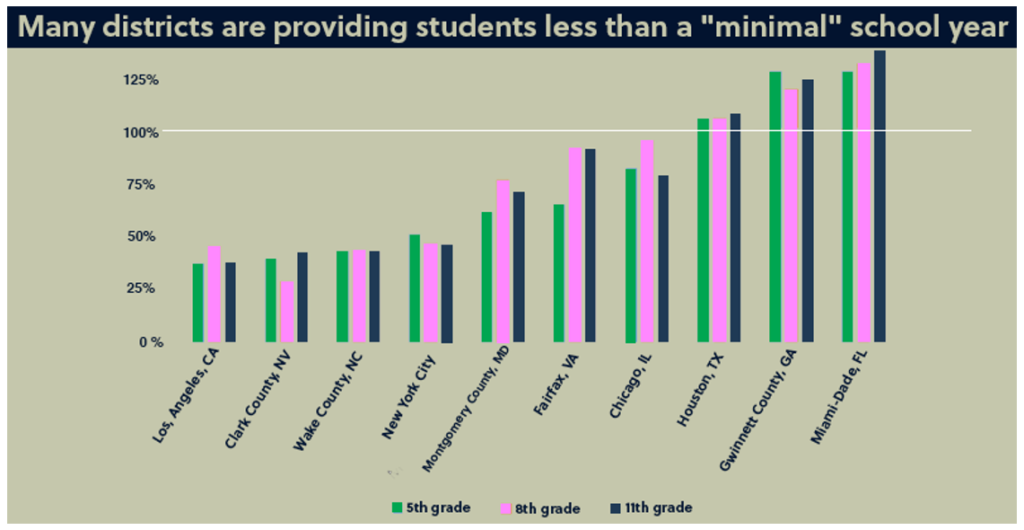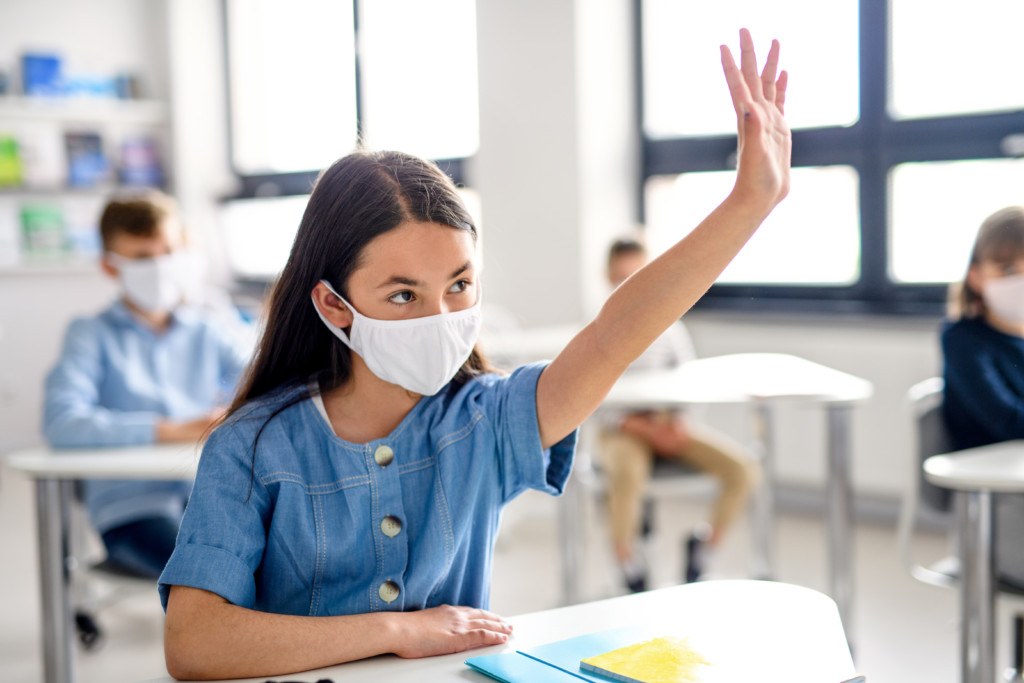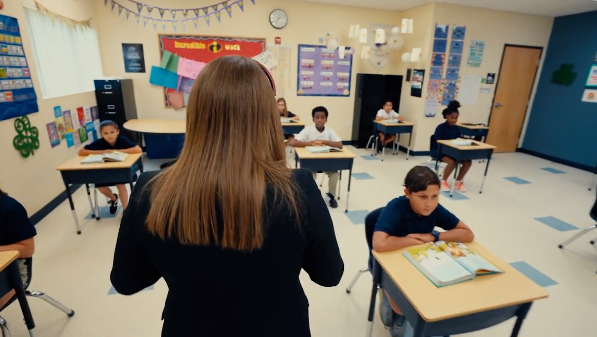 O God of earth and altar,
O God of earth and altar,
Bow down and hear our cry,
Our earthly rulers falter,
Our people drift and die;
The walls of gold entomb us,
The swords of scorn divide,
Take not thy thunder from us,
But take away our pride.
-GK Chesterton, Space Age Systems Collapse
The Late Bronze Age collapse is one of the great mysteries of history and archeology.
We know what happened: Multiple eastern Mediterranean civilizations – the Mycenean Greeks, the Hittites and others – disappeared within a 50-year span, roughly 1200 to 1150 BC. What we don’t know are the reasons why it happened. Written records from this period are scattered and not entirely reliable; one of the unfortunate byproducts of this collapse was a large reduction in literacy rates.
Get ready for some more of this. History doesn’t repeat, but it does echo.
One of the written records we do have is the inscription pictured above, left behind by Egyptian Pharaoh Ramses III (presumably the giant bow-wielder trampling the bodies of crushed enemies) who claimed to have smashed an invasion of the mysterious “Sea Peoples.”
PRIII likely exaggerated the scale of his combat prowess, but a number of other coastal civilizations did not live long enough carve propaganda into rock. Several simply vanished only to slowly emerge from dark ages centuries later. Egypt fared relatively well, surviving the Bronze Age collapse, but was never the same afterward.
Scholars have used the phrase “systems collapse” to describe what happened in the Late Bronze Age. You can get a flavor for the phenomenon in an article by Nicole Gelinas on New York City’s current economy, which describes how interdependent the city’s industries are and how none of them currently are running strong enough to support each other.
The eldest among us today have seen multiple examples of system collapse. European imperialism and the Soviet Union both dissolved during our lifetimes for instance. Other large systems, like Pax Americana and the European Union, obviously are under considerable strain.
American public education also is facing an unprecedented challenge. Like Bronze Age Egypt, American public education will survive. K-12 funding is guaranteed in state constitutions across the country, making it as permanent an institution as one can imagine in American life. But unlike Ramses III, we should not attempt to deceive ourselves regarding the scale of the damage being done not only by the pandemic but also to the response to it.

Earlier this year, the Brown Center on Education Policy at the Brookings Institution published the scatterplot above regarding school district re-openings. As you can see, the decision regarding remote versus in-person learning by district has little to do with COVID-19 infection rates, and a great deal to do with the political leanings of the county in which the school district operates.
Notice especially the cluster of dark blue dots on the bottom left of the chart, representing remote learning only districts in counties with low COVID-19 countywide infection rates.
Chad Alderman, senior associate partner at Bellweather Education Partners, recently examined 10 large school districts to see how much instruction time they were delivering to students by whatever means – in-person, remote, etc. Alderman wrote:
The term ‘chronic absenteeism’ is defined as missing 10% or more of school days in a year. By that standard, the majority of K-12 students might be considered chronically absent this school year.
Alderman included the chart below that details instruction time by district. Congratulations to Miami Dade, Gwinnett County Georgia and Houston. Otherwise, read it and weep.

A few notes on the above disaster.
The Los Angeles Unified School District, the nation’s largest, had a world of academic problems before COVID-19. Cutting instruction by more than half in a district that already had a below-average rate of academic growth will be an academic wound that leaves a deep and enduring scar on California and points beyond.
The NAEP Trial Urban District Assessment already had documented a horrific academic disaster in New York City before COVID-19. The chart below shows results for Black and Hispanic students from 2013 to 2019; 10 points approximately equals an average grade level worth of learning.

Humans have survived plagues before. We eventually will recover from this one, but that recovery will come only after a great deal of suffering and long-lasting, self-inflicted damage. False tales of victory have already been written that would make Ramses III blush.
The lesson here is clear: The system takes care of itself as best it can. Taking care of the kids in your family, that’s up to you. If we funded students rather than systems, the next pandemic would go considerably better, and we would have a stronger recovery from this one as well.
 Editor’s note: This commentary from redefinED guest blogger Jonathan Butcher first appeared Oct. 21 on The Daily Signal.
Editor’s note: This commentary from redefinED guest blogger Jonathan Butcher first appeared Oct. 21 on The Daily Signal.
At what would normally be the end of the first academic quarter for most K-12 schools, millions of students still have not set foot in a classroom.
Many haven’t done so since March.
Evidence continues to mount that COVID-19 affects children the least, and ad hoc school district e-learning platforms, hastily assembled in the spring, are driving families away from assigned schools.
Some of the largest school districts in the U.S. are still offering only online instruction, despite reports of losing contact with thousands of students from Philadelphia to Houston to Los Angeles, when districts went online earlier this year. According to reports, districts still have not been able to reach those students.
School officials have the unenviable task of balancing health and safety concerns with student learning; those leaders should be considering the research on the spread of COVID-19 and the needs of local families and children in making reopening decisions. Yet some district leaders are doing neither.
Parents have led protests in favor of reopening schools across the country, from San Diego to Baltimore and places in between.
Furthermore, at this point in the pandemic, research demonstrates that schools have not become so-called super-spreader sites – not even close.
The latest figures from Brown University researchers found a confirmed case rate among students of 0.14% in a database of nearly 1,300 schools. As explained in The Wall Street Journal this week, Centers for Disease Control and Prevention numbers show hundreds more fatal cases of the flu among school-aged children than COVID-19.
Two studies profiled on NPR recently found “no consistent relationship between in-person schooling and the spread of coronavirus.”
Yet are these low numbers the result of keeping schools closed? Findings from international studies and the available evidence from K-12 private schools in the U.S. that are open to in-person learning suggest that’s not the case.
The Brown research includes data from private schools. In fact, the case rate for private schools operating in person is still only 0.15% – admittedly 0.15% – admittedly with a smaller sample size, but still an encouraging number. The case rates for staff in those schools stands at 0.4%.
Teachers unions in some areas are ignoring those facts.
In Fairfax County, Virginia, where officials are already charging families for the use of school buildings for in-person day care, the union is demanding that public schools stay closed to in-person learning until August 2021.
That announcement followed news from school officials of a phased-in reopening in the coming weeks, a plan that includes basic protocols about maintaining spacing between students and asking parents to keep a student home if he or she shows symptoms.
Despite statements by federal officials last summer about tying federal spending for schools to reopening plans, Washington will not have to withhold spending for schools to feel the effects of frustrated parents.
At the start of the school year, schools in Washington, D.C., were reporting a drop in enrollment of 13%. Houston is reporting 7% fewer students; Orlando, Florida, a decline of 5%; and in Nashville, Tennessee, enrollment is down nearly 5%.
Meanwhile, private school closures have slowed, and since the middle of the summer, homeschooling numbers have soared.
In Connecticut, homeschool advocates are reporting higher figures than ever before, and interest in homeschooling has “exploded,” according to Minnesota Public Radio. The Texas Homeschool Coalition reports a 400% increase in students compared with last year.
Similar news can be found around the country. Learning pods, where parents bring together small groups of children during the school day to learn, continue to spread, and with each passing day, pods become less of a fad and more of a permanent solution.
Local school leaders’ evaluations of the health evidence remain a mystery, and many officials have not met parent and student needs during the pandemic. Now, families are leaving, reminding everyone that we should make students the priority of policy solutions, not the system.
Federal and state policymakers have used the bully pulpit to implore schools to reopen, but the most effective persuasion will be the kind that assigned district schools like the least – namely, fewer students.

Most Florida schools, awaiting a decision in the case, already have returned to face-to-face instruction.
Renzo Downey, Florida Politics
A Leon County court has sided with Florida’s teachers union over the state’s order for schools to reopen amid the COVID-19 pandemic, issuing a temporary hold on that order.
Leon County Circuit Judge Charles Dodson found that Education Commissioner Richard Corcoran‘s order requires schools to reopen to receive funding. That “essentially ignored the requirement of school safety.”
Earlier this month, the Florida Education Association requested a temporary injunction “to stop the reopening of schools until it is safe to do so.” The union, NAACP and others filed the lawsuit against Gov. Ron DeSantis, Corcoran and Miami-Dade Mayor Carlos Giménez.
The order would deny funding to districts that remain closed over concerns for public health, which is constitutionally protected, Dodson said.
“There is not room in many classrooms for social distancing,” Dodson wrote. “There is not room to put desks 4 feet apart, much less 6 feet apart as is recommended. Students entering and leaving classrooms are inherently close together.”
Additionally, not all students might wear masks, teachers don’t have adequate personal protective equipment and teachers are asked to sanitize their own classrooms between classes.
Districts could delay the school year if it means making classrooms safer, DeSantis has said. But “the districts have no meaningful alternative” to reopening if they want to keep their funding, Dodson wrote.
DeSantis and Corcoran have also said any teacher could opt out of in-person teaching. Teachers working from home could teach remote learning classes, DeSantis offered.
“But that option is not being provided to all teachers,” Dodson wrote. “Some teachers are being forced to quit their profession in order to avoid an unsafe teaching environment.”
Department of Education officials denied both Hillsborough and Monroe county school districts’ plans to delay reopening while it permitted Miami-Dade, Broward and Palm Beach counties’ districts’ delayed plans. The difference was that the three hotspot counties are still under Phase 1, but the order didn’t distinguish between Phase 1 and Phase 2 counties.
However, Dodson did not throw out the complete order. Removing the requirement for “brick and mortar” classes, among other changes, would make the order constitutional in his eyes.
Several uncertainties remain about COVID-19, including to what extent children can infect adults, Dodson said. But DeSantis has pointed to studies that show low rates of transmission between children and adults as evidence that it is safe for classrooms to open.
“What has been clearly established is there is no easy decision and opening schools will most likely increase COVID-19 cases in Florida,” Dodson wrote.